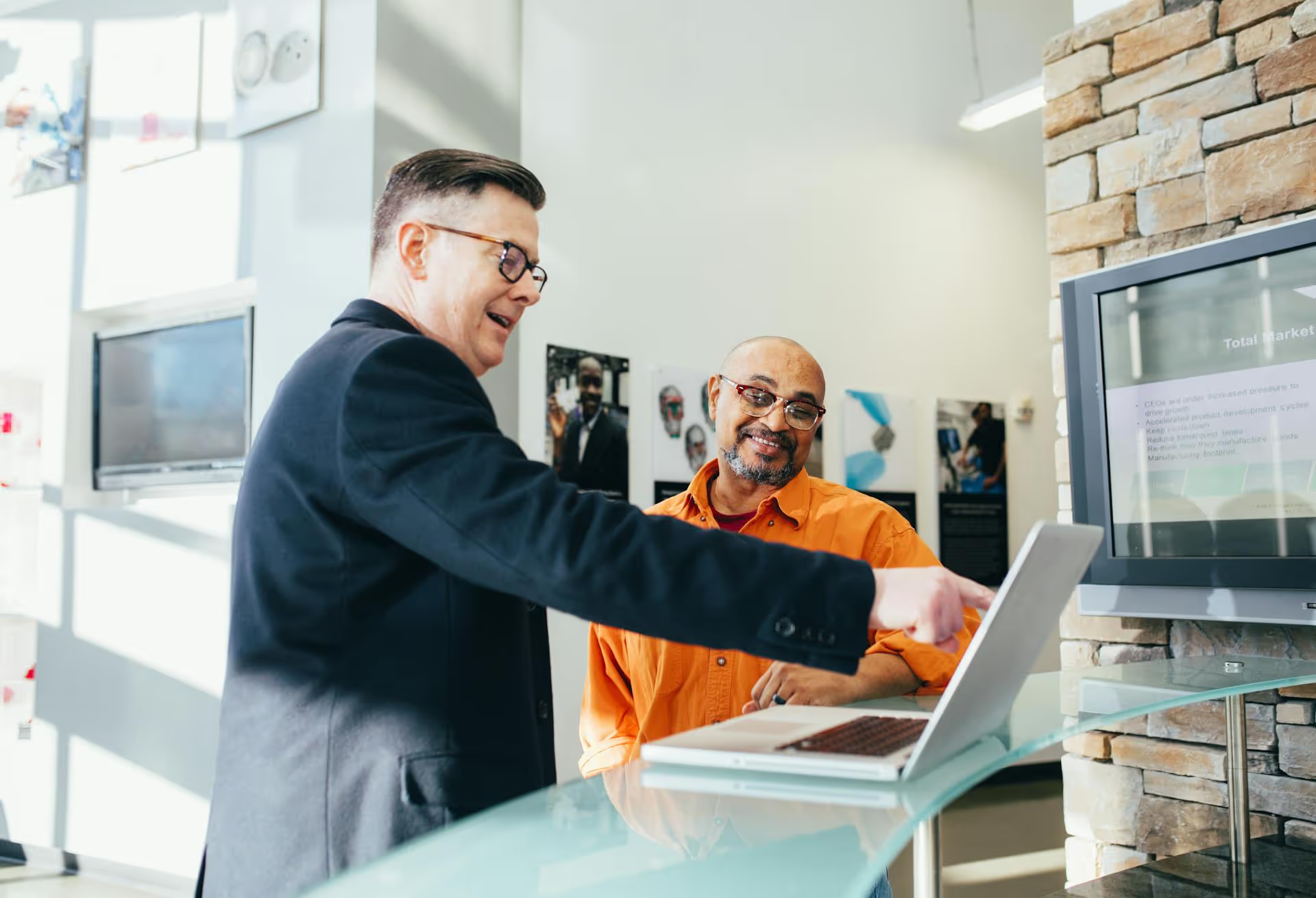Student journey mapping – the process of mapping out the entire lifecycle of your students – is an invaluable tool for educators.
Journey mapping provides schools and training centers with a bird’s eye view of the student experience and the benefits and challenges they encounter. By mapping the student experience, educational institutions gain a powerful decision-making toolset that lets them identify and amplify areas of the student journey that are strong and find and improve areas that don’t meet students’ needs.
Below are five steps educators can take to begin the student journey mapping process.
1. Create student personas
Every student has a unique background, learning style, and set of interests. When educational institutions can understand these and act on each student as an individual, they can adapt their services to each student and provide education that is more effective in achieving exceptional academic outcomes.
To accomplish this, educators can begin creating student personas. Personas consist of demographic information such as age, gender, and education level, as well as psychographic information like interests, goals, and aspirations, and even information on world view. Personas are usually created for each student type and can help organizations tailor their services to students’ specific needs.
Without personas, education institutions end up applying a one-size-fits-all solution to their students, sidelining those whose abilities, and learning styles do not fit the norm. However, by developing personas, educators can better adjust the journeys of students and provide them with more engaging experiences.
2. Focus on interesting and engaging experiences
For schools hoping to compete in a post-COVID world, it’s not enough to just educate your students – you need to capture their interest and engage them to the best of your abilities. Students have many options for education. If you can’t keep their interest, they’ll look elsewhere.
To that end, a student journey should focus on understanding what makes education interesting for your various student personas. While some students may benefit from traditional, rote learning, others may find innovative approaches such as Education Outside The Classroom (EOTC), gamification, and even cutting-edge technology like VR to be valuable in amplifying the learning experience.
3. Break down data silos
A primary reason for creating journey maps is for helping you identify barriers and pain points that negatively impact students’ ability to succeed. These are the reasons students fail to meet the educational standards set by your institution.
Journey mapping provides a structured, organization-wide approach to the student experience based on how they interact with your school’s services. This involves breaking down silos and ensuring that every staff member has access to the same information across the entire student journey. By doing this, training centers can isolate the precise areas where students get stuck or experience problems and address them in the context of the entire system in a collaborative manner.
4. Identify and improve potential barriers to learning success
Creating positive experiences for students goes beyond keeping their interest and engagement and covers their emotional well-being. Emotions such as stress and anxiety can negatively impact a student’s ability to learn and focus. Therefore, it is essential to understand the triggers that exist in the classroom. The causes of things like claustrophobic environments, cognitive overload, or social pressure and shame should be explored with students so that teachers can minimize the likelihood of these issues arising and be ready to offer assistance as soon as they’re likely to occur.
5. Embrace digital learning models and experiences
The global pandemic has accelerated the digital transformation of teaching methods and service delivery. While the world will return to a “new normal” and students will come back to classrooms, many online trends are expected to be durable. This necessitates the need for training centers to engineer digital experiences that are as good as traditional models, and which complement in-person learning.
The need to make data available across the entire student journey is particularly acute for digital learning. With less face-to-face contact between students and instructors, as well as between students and faculty, it is easy to lose sight of where a student is in their journey and how to help them if they’re struggling.












